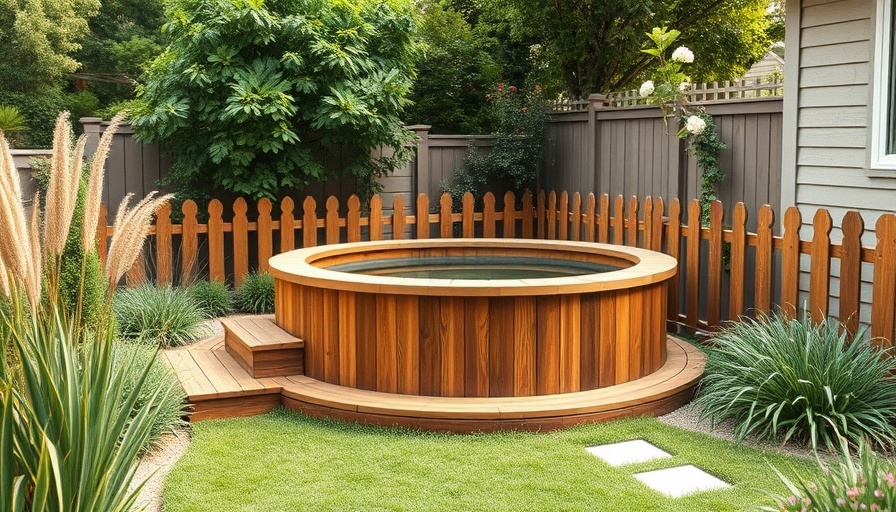
Soaking Your Stress Away: The Joy of DIY Hot Tubs
Imagine this: after a long day of work, you slip into your own backyard oasis, a hot tub filled with warm water, relaxation enveloping you. It's a dream that many homeowners hold dear, but some think it's only achievable with a hefty price tag attached. Fortunately, a plethora of DIY options exist, tailored for those who want to unwind in comfort without breaking the bank. In this piece, we'll explore budget-friendly hot tub plans that you can easily implement, transforming your outdoor space into a serene retreat.
Why Opt for a DIY Hot Tub?
The allure of constructing your own hot tub lies not only in the savings but also in the opportunity to create something uniquely yours. You get to decide the materials, design, and heat source that matches your style and needs. As highlighted in various resources, making your own hot tub allows you to utilize upcycled or reclaimed materials, and the satisfaction of completing the project with your own hands adds a layer of fulfillment that can’t be purchased off the shelf.
Budget-Friendly Plans for Your Backyard Retreat
1. Cedar Hot Tub: One popular choice is the cedar hot tub. Cedar is naturally resistant to decay, making it ideal for hot tubs. The construction process involves cutting staves that will form the tub's outer structure, ensuring proper joinery to prevent leaks. A wood stove can be integrated for heating, allowing you to enjoy your tub even in the coldest months. Tips from builders emphasize selecting high-quality cedar to ensure longevity.
2. Japanese Hot Tub: This style is not only beautiful but functional. With a hexagonal bench inside and a heat source often placed externally, it offers a unique aesthetic that can be a focal point in your yard.
3. Concrete Hot Tub: For those seeking solidity, a concrete hot tub offers durability. The process includes digging a hole and laying a robust foundation. Once the concrete is set, you can shape it as you wish, making it perfect for small to large gatherings.
4. Stock Tank Hot Tub: Utilizing an old stock tank is a creative and straightforward method. You can add heating elements or jets based on your preference, and since they are typically designed for livestock, they are built to withstand the elements.
5. Pallet Hot Tub: If you have wooden pallets lying around, turning them into a hot tub is a fantastic way to repurpose materials. You can even finish this project in a weekend! You’ll end up with a rustic and charming addition to your outdoor space.
Considerations Before Building
When embarking on a DIY hot tub journey, a few practical aspects should always be in focus:
- Size and Location: Choose a location that is accessible and sunny while ensuring enough space for the size of your hot tub. Measure your backyard to help decide on the right dimensions.
- Budget: Keep in mind the costs of materials, tools, and any heating mechanisms you may choose.
- Utilities: If you're connecting plumbing or electrical supply, make sure to follow local building codes to avoid any potential issues.
Final Thoughts
DIY hot tub plans are not just a great way to save money but also a way to breathe new life into your backyard. With a bit of planning and creativity, the hot tub of your dreams could be just a few steps away. So roll up your sleeves, gather your materials, and prepare to create a soothing oasis right in your home. Whether you prefer cedar, concrete, or something entirely unique, the satisfaction of a self-made retreat is unmatched.
Take the plunge and start your DIY hot tub journey now. You deserve a place to unwind!
 Add Row
Add Row  Add
Add 




Write A Comment